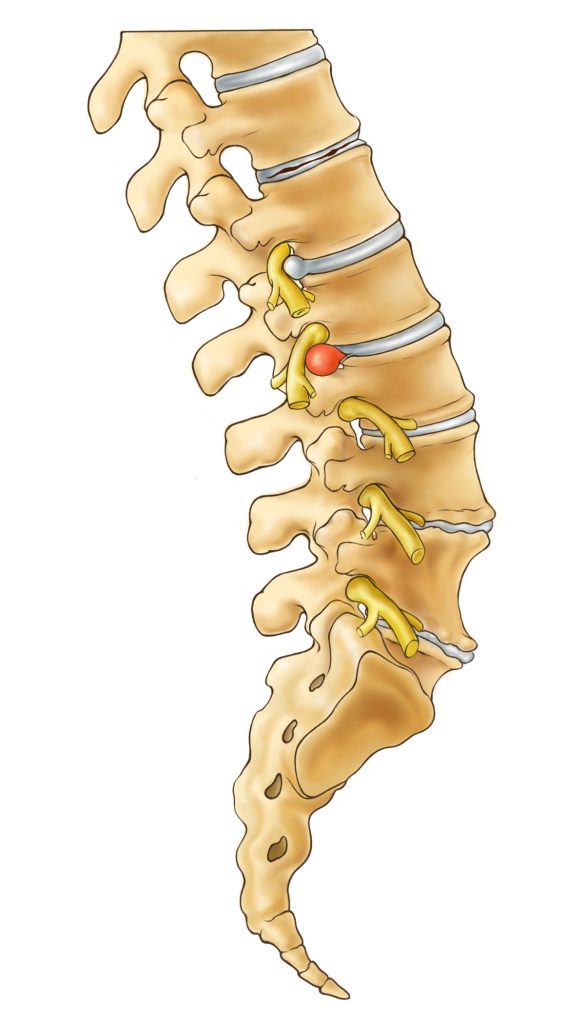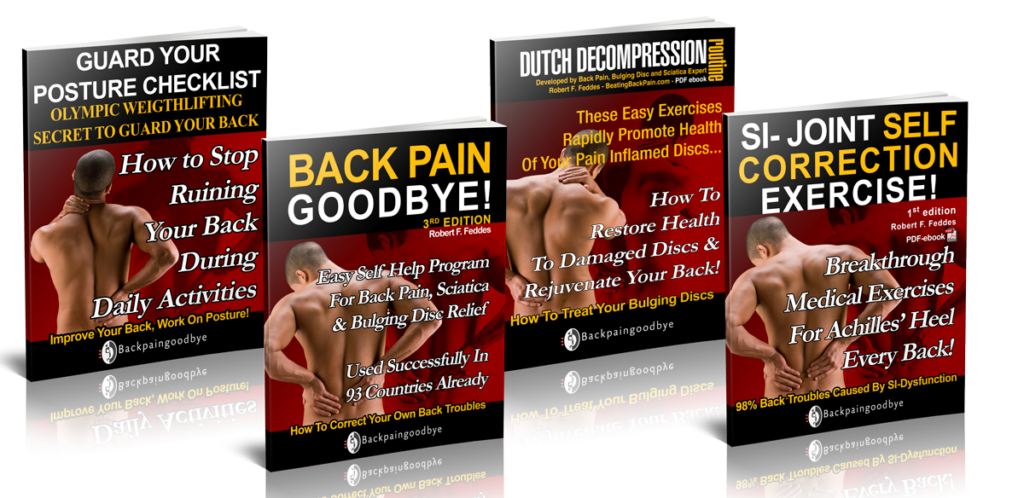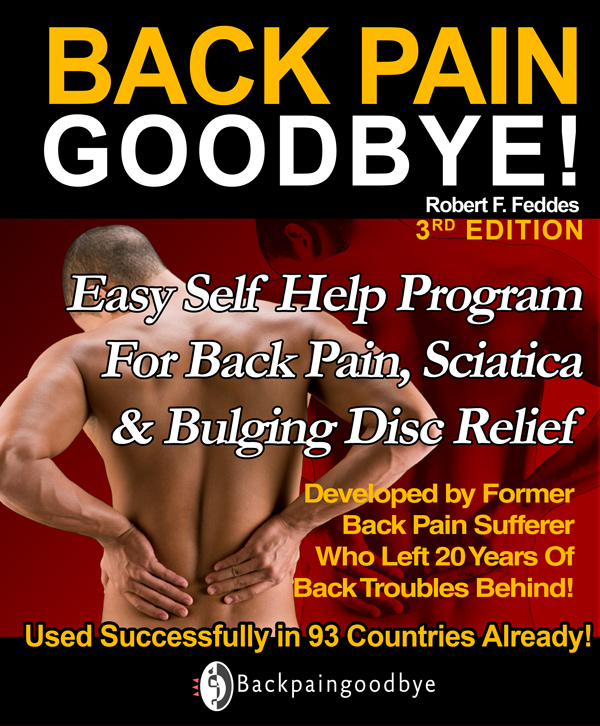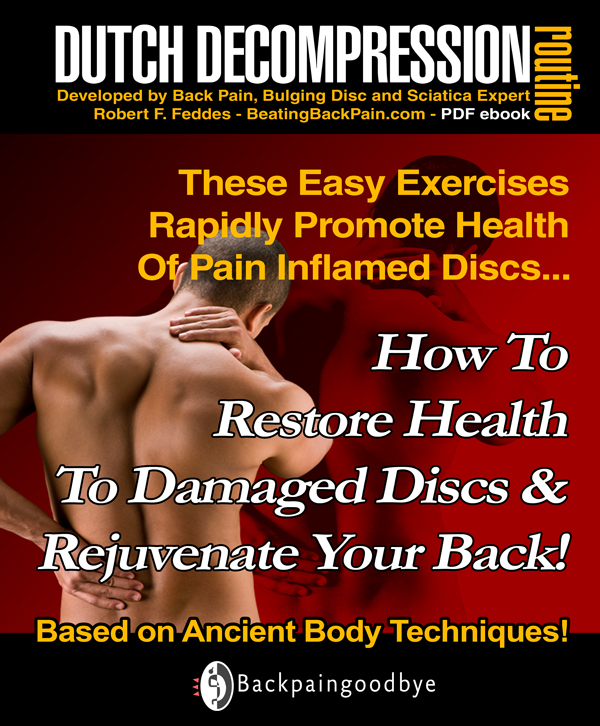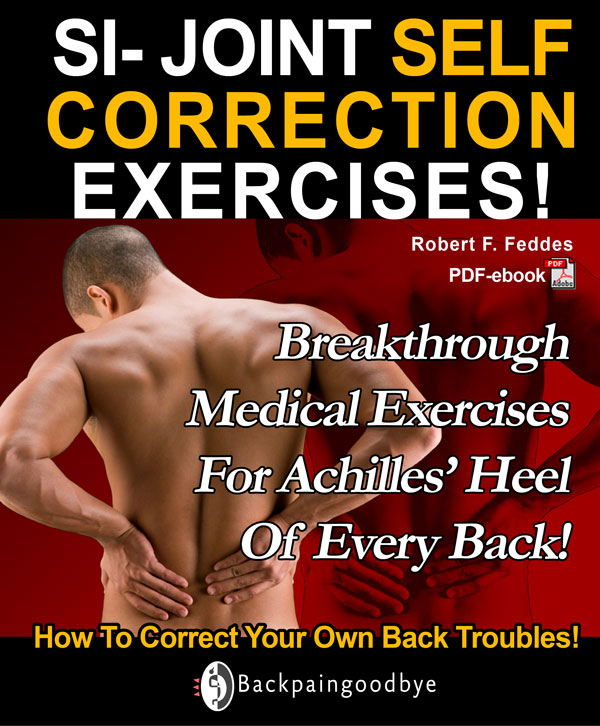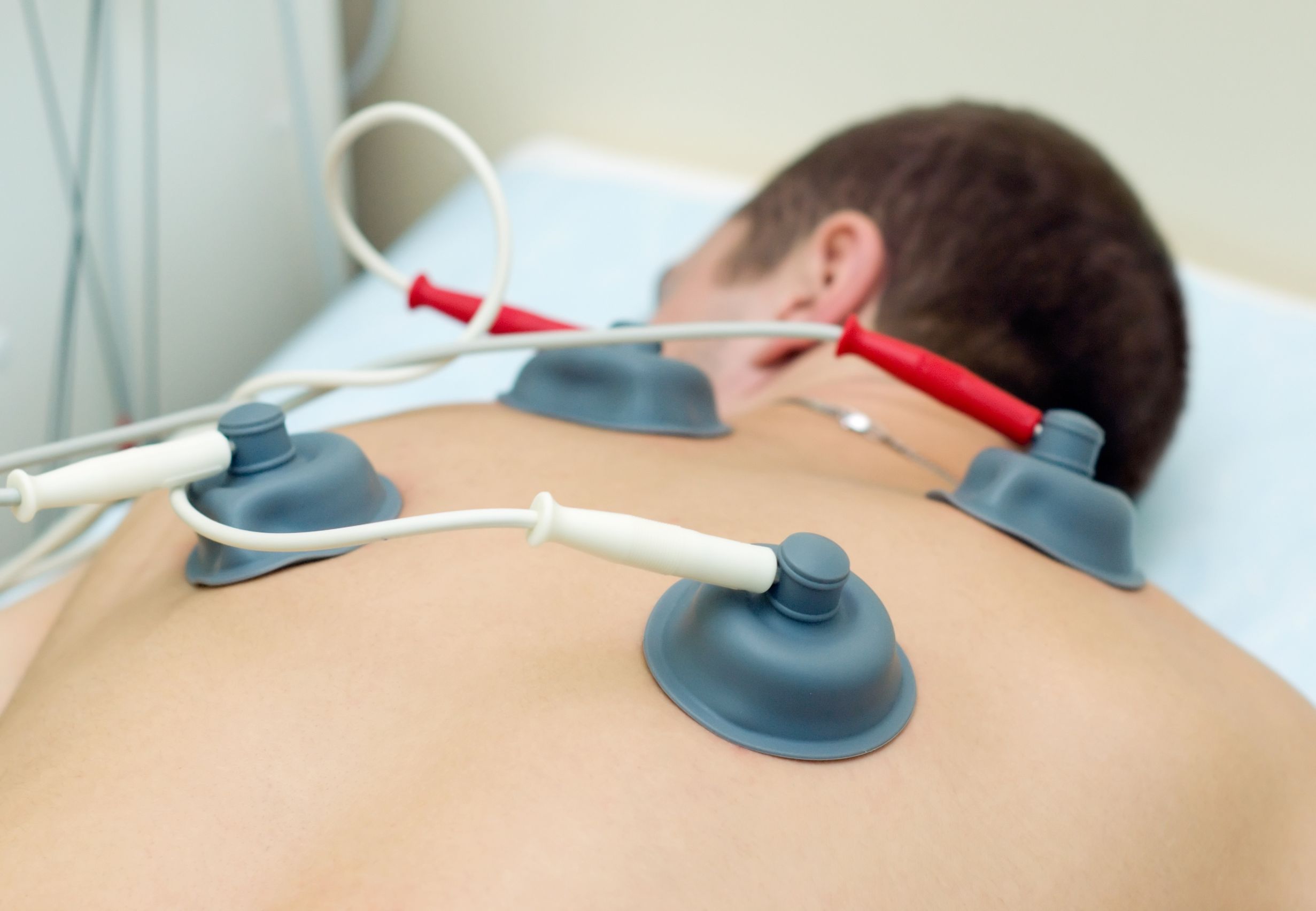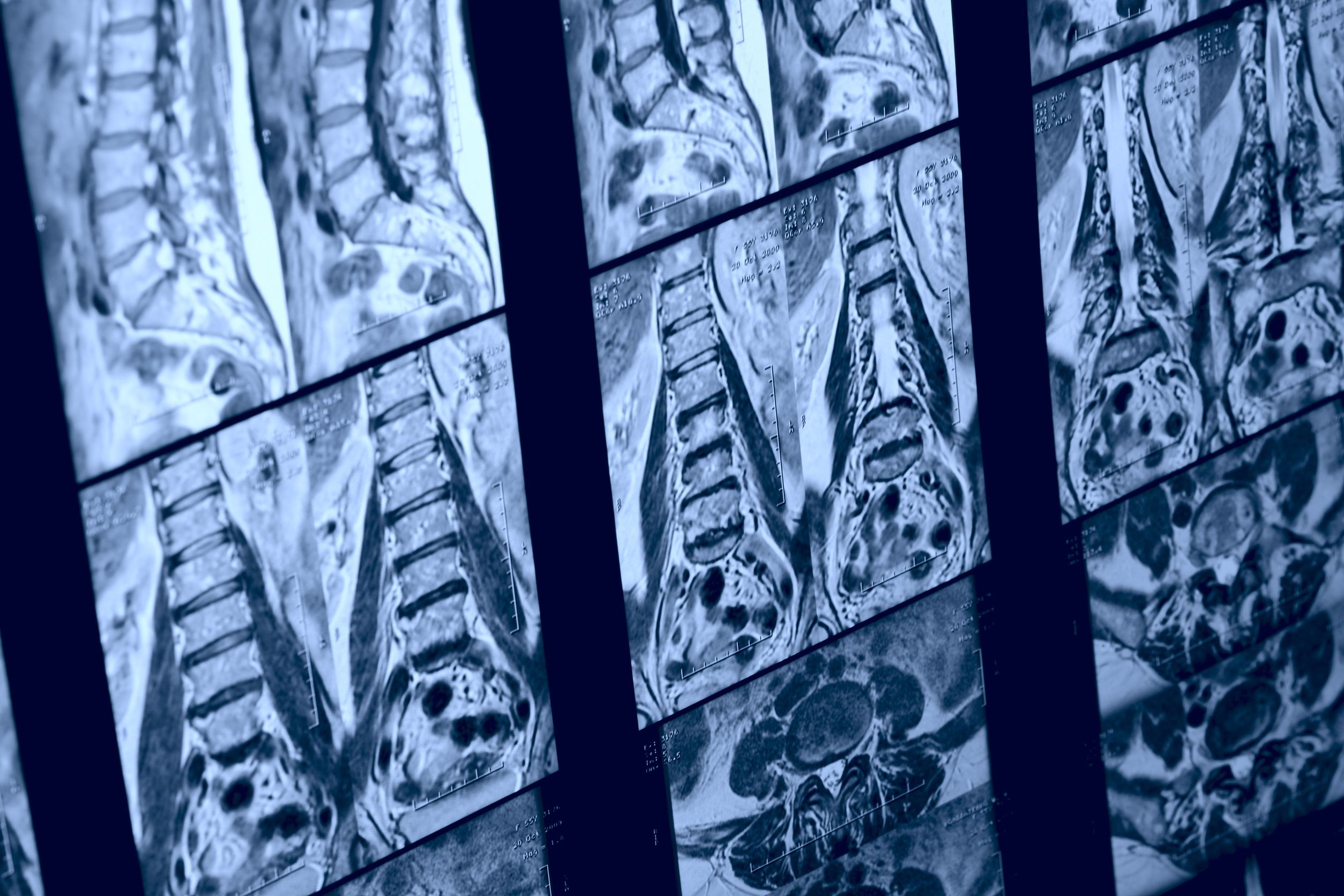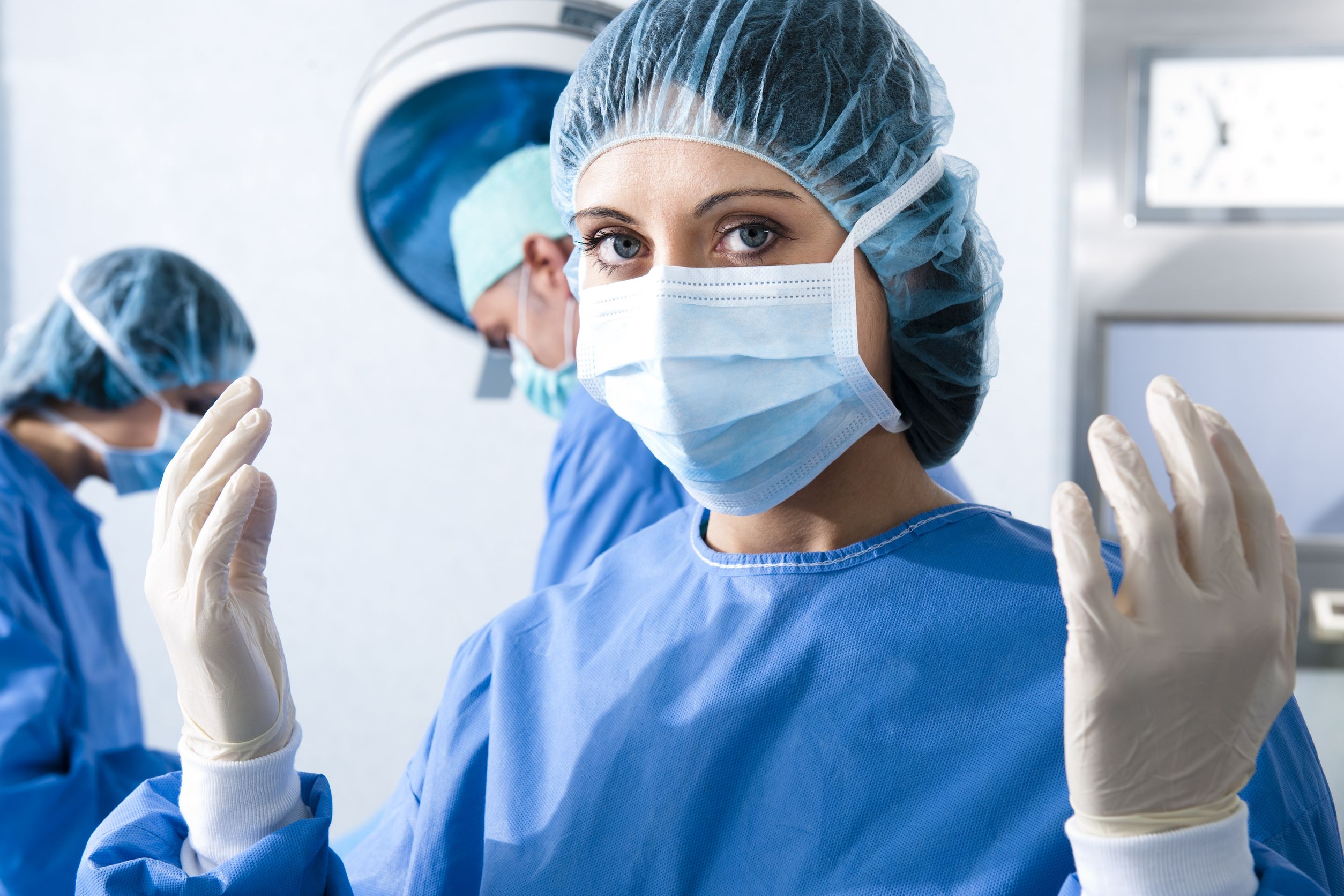OK, so now you know that the disc nucleus can hold lots of water and that only when it is fully loaded can resist pressure quite well.
It is a bit like your car’s tyres holding air, thereby allowing lot’s of load to be carried, without you feeling every bump in the road…
Here’s how moving around enhances your dics’s health…
When your spine is loaded, the water will be pushed from the nucleus of your disc to the outside, thus thinning the disc and dividing the pressure equally. This is equal to not feeling the bumps of walking, running, sitting etc. etc.
When the pressure is off again, the nucleus sucks the water back into the center through the earlier mentioned osmotic process.
The annulous fibrosus acts as a strong outside wall and is semipermeable. Which means it allows waste material to go out, and water and nutrients and water to go in.
This basically is the metabolism of your intervertebral disc.
And through this metabolism your discs get what they need to stay healthy or get healthy again.
What about the cartilaginous end plates, what are they?
To put it simply, that is just the top and bottom of the disc, connecting the softer gel-like substance of the disc with the vertebrae above and below.
Research has shown that this tissue plays a limited role in the health of your discs and in the metabolism of the discs.
The cartilaginous end plates connect the discs with the vertebrae above and below and as such they also act as a semipermeable membrane allowing waste materials to go out and nutrients and water to go in.
Why Is This Disc Metabolism SO IMPORTANT?
That is because your intervertebral discs are avascular, which means there are no veins supplying blood or nutrients to your discs.
It is only by the process of the negative charge in combination with osmotic pressure that your discs receive what they need. And that is why it is so important to put load on your discs AND take the load off again. Fortunately you can do some simple exercises to drastically improve and speed up your disc’s metabolism.
How To Make Sure Your Discs get What They Need
Let me stress the essence of the metabolism of your discs once more.
Our discs are the largest avascular structure in our bodies. And avascular structures lack the blood supply which is essential for normal reparative processes in the body.
It is through chemical interchange and activity that the discs through the osmotic process of diffusion have a metabolic exchange with the vessels that lie within the vertebral bodies.
The cells of your discs must derive their nutrients and dispose their waste metabolic products by diffusion from and to blood vessels at the disc margins.
Now we understand this, we can simply figure out what is essential to keep things healthy.
Good circulation around the spine, because that increases the flow of nutrients through the vessels that run along the disc margins. And then you also need to make sure that you move enough so the process of osmosis can work fully.
One More Thing About Solid Intervertebral Discs…
Osmosis only works when the nucleus of the disk has higher density than the surrounding area, because then it will suck in more water and hold that under pressure. And here is where things often go wrong in the healing process…
You need to know what damages your discs, and how disc density is adversely impacted and how you can counter and correct that!
So let’s see what it is that can damage your discs and make them lose density and consequentially lose resistance to pressure. For that we’ll now go to the following article: Disc Degeneration Explained.

